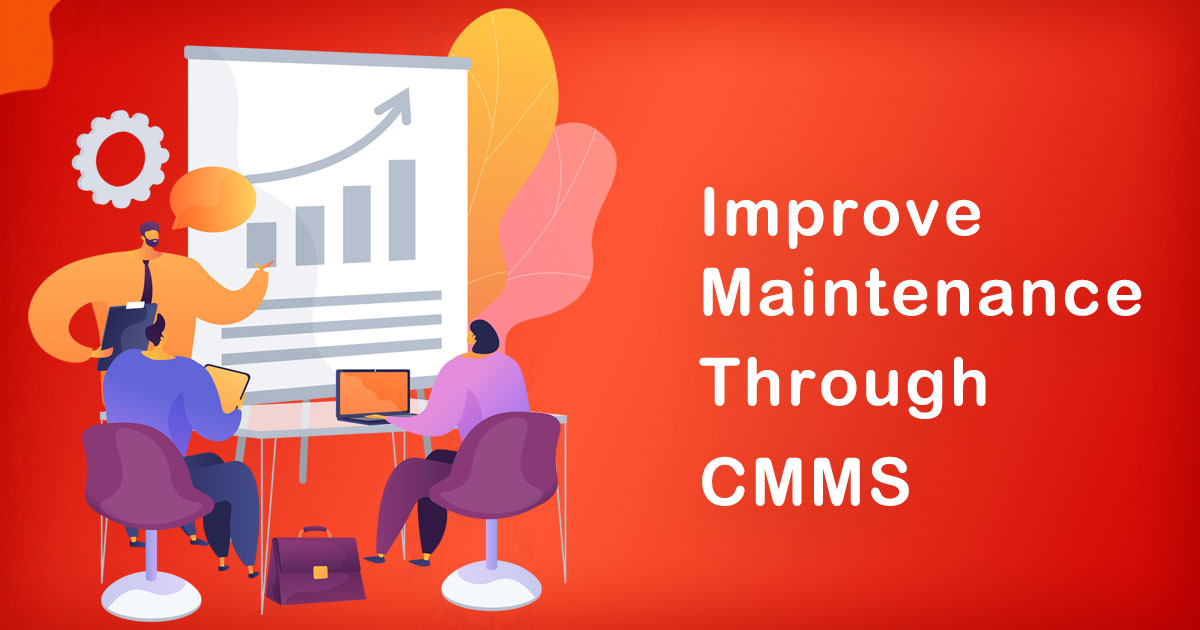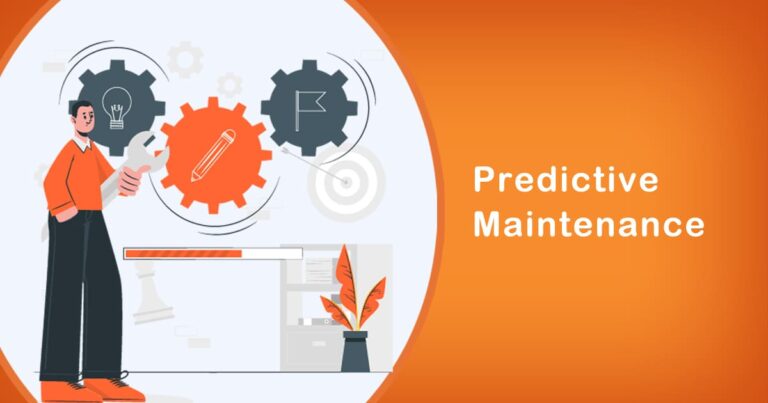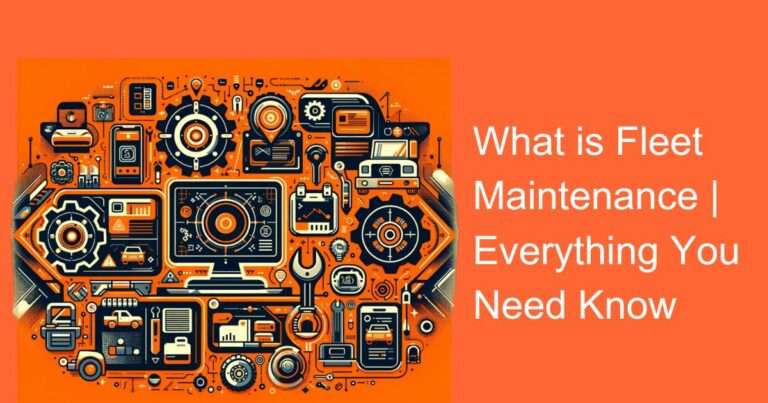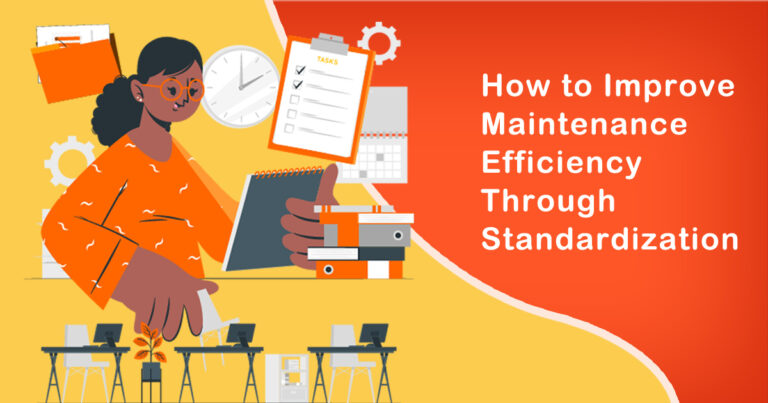Reliability centered maintenance (RCM) is a proactive maintenance strategy that focuses on identifying and addressing potential equipment failures before they occur. RCM aims to improve the reliability, safety, and performance of equipment while minimizing maintenance costs. In an Indian context, RCM can play a significant role in optimizing maintenance and minimizing downtime, thus contributing to overall productivity and profitability. In this blog, we will discuss the best practices for implementing RCM in an Indian context.
Best Practices for Reliability Centered Maintenance
1. Identify Critical Equipment
The first step in implementing RCM is to identify critical equipment. This equipment is essential to the production process and has a significant impact on productivity and profitability. By identifying critical equipment, you can prioritize maintenance activities and allocate resources more effectively.
2. Analyze Failure Modes
Once critical equipment has been identified, the next step is to analyze failure modes. This involves identifying potential failure modes and their consequences. Failure modes can be classified into four categories: functional, performance, safety, and environmental. By understanding the potential failure modes, you can develop appropriate maintenance strategies to prevent or mitigate them.
3. Develop Maintenance Strategies
Based on the analysis of failure modes, the next step is to develop maintenance strategies. Maintenance strategies can be divided into three categories: preventative, predictive, and corrective. Preventative maintenance involves performing routine maintenance activities to prevent equipment failures. Predictive maintenance involves using data analysis to predict when maintenance is required. Corrective maintenance involves addressing equipment failures as they occur.
4. Implement Maintenance Plans
Once maintenance strategies have been developed, the next step is to implement maintenance plans. This involves scheduling maintenance activities, allocating resources, and monitoring progress. Effective implementation of maintenance plans can improve equipment reliability, reduce downtime, and minimize maintenance costs.
5. Continuously Monitor and Improve
The final step in implementing RCM is to continuously monitor and improve maintenance activities. This involves tracking maintenance metrics, analyzing data, and identifying areas for improvement. By continuously monitoring and improving maintenance activities, you can optimize maintenance and minimize downtime, thus contributing to overall productivity and profitability.
Facts and Research in an Indian Context
India is a rapidly developing country with a growing manufacturing sector. According to the National Manufacturing Policy 2011, the manufacturing sector is expected to contribute 25% to India’s GDP by 2025. In this context, maintenance plays a crucial role in ensuring the productivity and profitability of the manufacturing sector.
A study conducted by the Indian Institute of Technology Bombay (IITB) found that RCM can significantly improve maintenance effectiveness and reduce maintenance costs in Indian manufacturing industries. The study also found that RCM can be implemented in a cost-effective manner by leveraging existing resources and expertise.
Another study conducted by the Indian Institute of Technology Delhi (IITD) found that predictive maintenance can be an effective strategy for Indian manufacturing industries. The study found that predictive maintenance can reduce maintenance costs by up to 25% and increase equipment availability by up to 20%.
Conclusion
In conclusion, reliability centered maintenance can play a significant role in optimizing maintenance and minimizing downtime in an Indian context. By following the best practices outlined in this blog, organizations can improve equipment reliability, reduce maintenance costs, and increase productivity and profitability. With India’s growing manufacturing sector, RCM can be a valuable tool for ensuring the competitiveness and sustainability of Indian industries.








